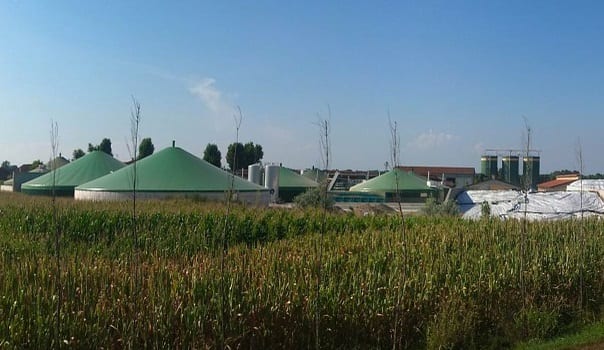Biogas may be the future of hydrogen fuel production
August 2, 2016Using biogas from sewage plants may lead to a brighter future for hydrogen fuel cells
The future of fuel cell vehicles may hinge on the availability of biogas. The concept of using biogas to produce hydrogen fuel is nothing new, but many had been skeptical of the process. The process involves taking advantage of the biogas generated at sewage plants. Biogas is produced at these facilities through the breakdown of organic material. In Japan, using biogas to produce hydrogen fuel has become an exciting reality.
Japanese sewage plant is using biogas to generate hydrogen
Following a $12 million investment from the Japanese government, as well as the research and development and engineering services provided by Mitsubishi, Toyota, and the Kyushu University, those with fuel cell vehicles have been able to visit a sewage plant to fuel their cars. The facility is only open to drivers for 12 hours a day, but it manages to fuel 65 fuel cell cars every day. If all the biogas produced at the sewage plant is used to produce hydrogen fuel, the facility may be able to fuel as many as 600 fuel cell vehicles daily.
Japan’s hydrogen economy is taking form
 Japan has been investing heavily in hydrogen fuel and fuel cell technology in recent years. The country is working to establish what it calls a hydrogen economy. This would involve fuel cells being used as primary energy sources in many sectors. The country is also working to promote clean transportation, offering tax benefits to those interested in purchasing vehicles equipped with hydrogen fuel cells. The Japanese government, as well as other organizations, has also been working to develop a comprehensive hydrogen fuel infrastructure in order to support the adoption of fuel cell vehicles.
Japan has been investing heavily in hydrogen fuel and fuel cell technology in recent years. The country is working to establish what it calls a hydrogen economy. This would involve fuel cells being used as primary energy sources in many sectors. The country is also working to promote clean transportation, offering tax benefits to those interested in purchasing vehicles equipped with hydrogen fuel cells. The Japanese government, as well as other organizations, has also been working to develop a comprehensive hydrogen fuel infrastructure in order to support the adoption of fuel cell vehicles.
Japan is investing more heavily in hydrogen fuel
Japan has become a very attractive hydrogen market. Many companies are looking to bring their fuel cell endeavors to the country in order to take advantage of government support. Currently, Japan has 80 hydrogen fuel stations in operation, making it home to one of the largest hydrogen infrastructures in the world. By comparison, Germany has 50 hydrogen stations in operation, with California having 20 retail hydrogen stations open to the public.

 With over 15 years of reporting hydrogen news, we are your premier source for the latest updates and insights in hydrogen and renewable energy.
With over 15 years of reporting hydrogen news, we are your premier source for the latest updates and insights in hydrogen and renewable energy.
Most biogas is produced by the anaerobic digestion of wastewater. It depend what kind of wastewater.For example waste water from piggery is rich in protein and produces a biogas rich in ammonia and hydrogen sulfide.
Other types of wastewater produces hydrogen sulfide from sulfur containing compounds. I think it cost money to separate the methane from these other gases.You still do not have hydrogen. You have methane which must be reformed with steam over nickel catalyst to produce the hydrogen.